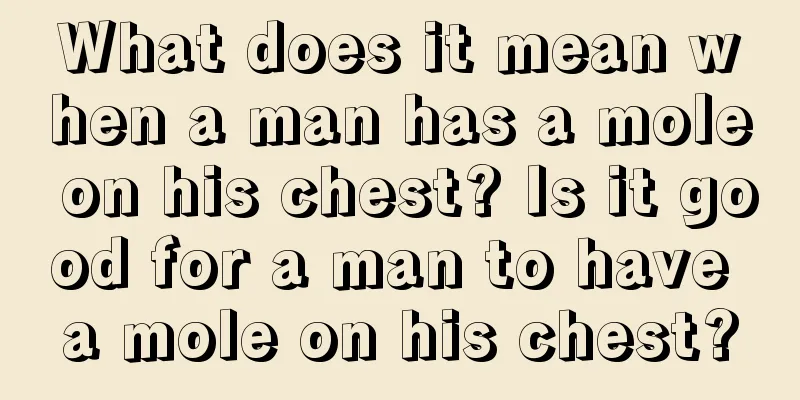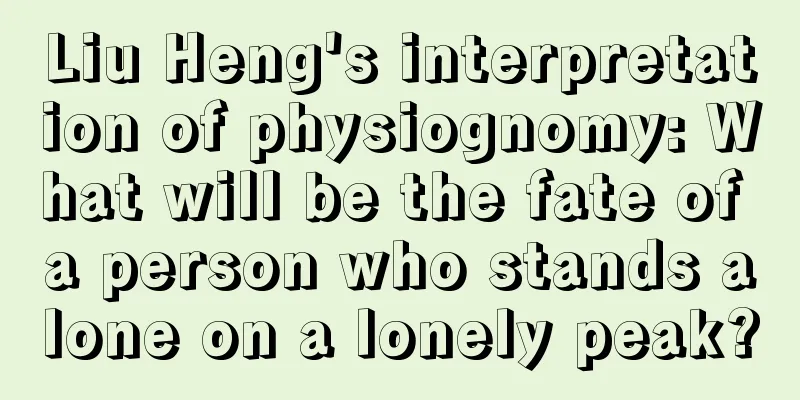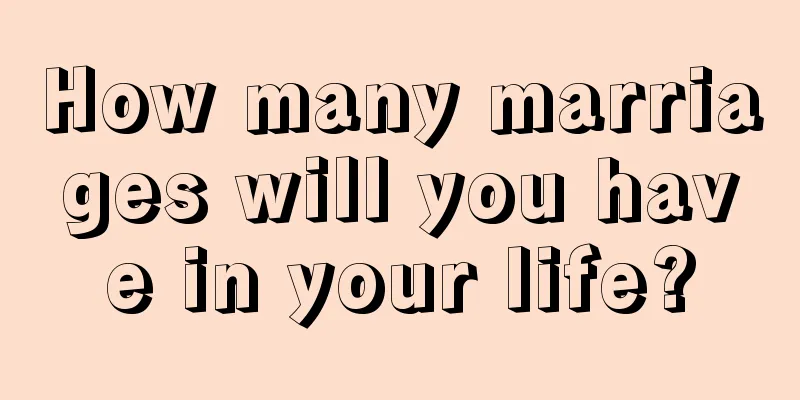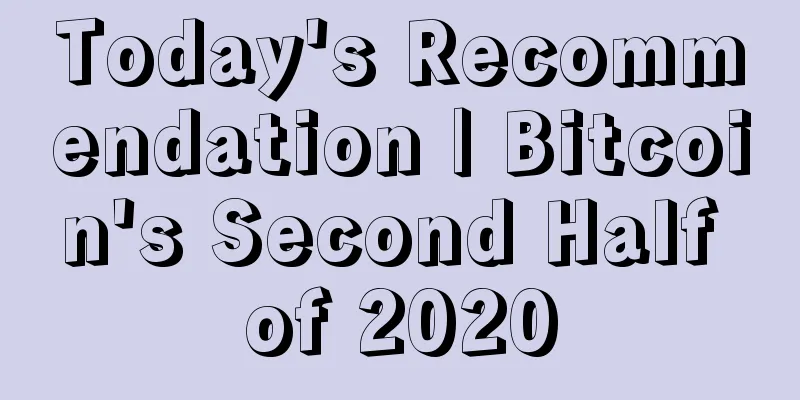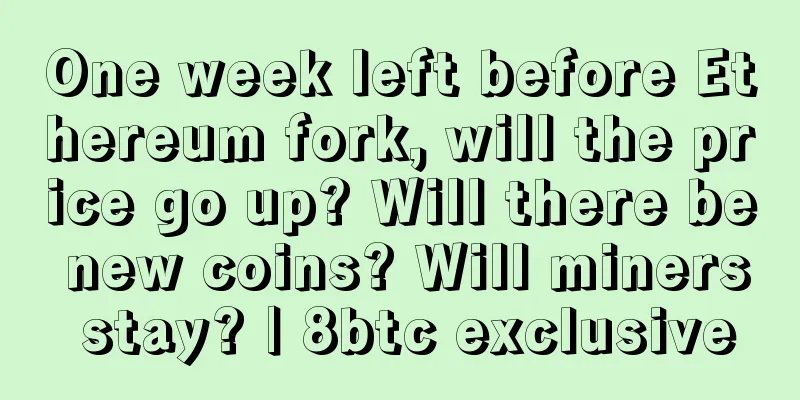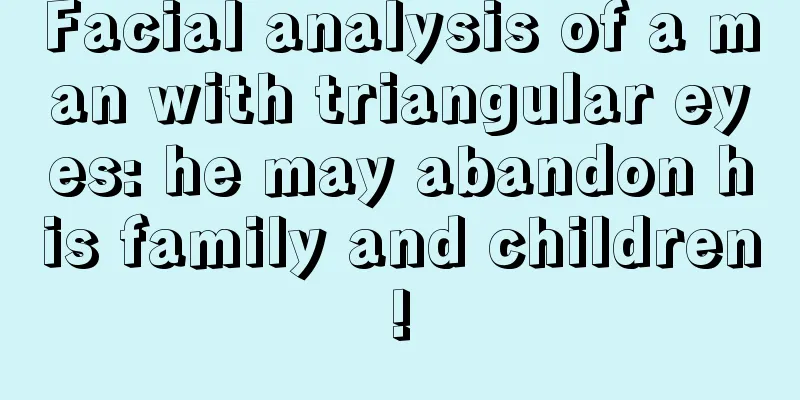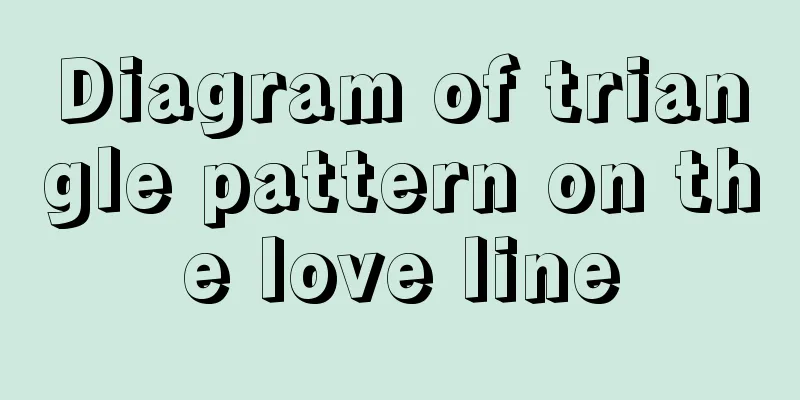Blockchain, Big Data, Internet of Things—Are You Ready to Embark on the Golden Road?
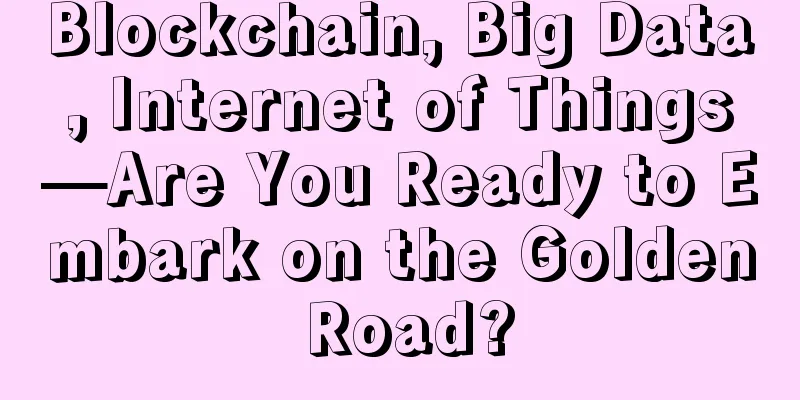
|
Disruption - in today's business or technology discussions, if the word is not involved, then it is impossible to proceed. I think "disruption" has become an unwritten rule, as if no one will take you seriously unless you come up with some disruptive business ideas or some disruptive technology that can promote business development or provide competitive advantage. Take big data and the Internet of Things as examples. These two technologies are at the top of the list of disruptive technologies. Most of these disruptive technologies can cause synergies in the industry and ultimately pave a golden road to real business value. Blockchain joins the disruptive conversationRecently, a new topic has become active in the disruptive dialogue: blockchain technology. So there are a series of questions about blockchain technology: What exactly is blockchain technology? How does blockchain technology provide business value? Will blockchain technology affect my current plans? Does blockchain technology cause any synergies? Or do I need to worry about being killed by blockchain technology? What is blockchain? How does it relate to Bitcoin?If you use Google to search for the keyword "blockchain", you will inevitably find that "blockchain" and "bitcoin" appear together in many results. This is because blockchain technology is the underlying technology of digital currencies such as Bitcoin. As you know, Bitcoin has no physical form. Bitcoin is not controlled by a single entity or requires the support of a government or institution. Permanent digital transaction databaseIn short, a blockchain is a digital transaction ledger that you can think of as a spreadsheet. The blockchain contains a growing list of transactions called "blocks" that are linked together in sequence. Each block is linked to the previous block in the list. Once a block is added to the blockchain, it cannot be removed and becomes part of the permanent transaction database. Is blockchain the ultimate distributed database?Perhaps the most fascinating thing about blockchain is that there is no central authority or single source of truth. This means that the blockchain exists in every system connected to it. Each system has its own complete copy of the blockchain. When new blocks are added, they are received by all systems together. So, if you lose your copy of the blockchain, you can re-enter the blockchain network and get a new copy of the entire blockchain. How to ensure transaction security? You may be wondering, how can an open blockchain ensure the security of digital transactions? In short, it is because the blockchain uses some very complex encryption methods and crowd-sourced consensus. There is a video on YouTube that explains this principle in detail. Blockchain and Big DataWhen you discuss blockchain in the context of Bitcoin, it seems that blockchain has nothing to do with big data. But what about outside of Bitcoin? Financial transactions, business contracts, stock transactions, all of these may involve big data issues. Blockchain technology has already attracted the attention of the financial services industry. Citibank, Nasdaq and Visa have all made significant achievements in blockchain. Oliver Bussmann, CIO of UBS, said that blockchain technology can reduce transaction processing time from days to minutes. The financial services industry has a huge commercial demand for blockchain technology. You can imagine the scale of blockchain in the future: a huge set of block data containing the entire history of every financial transaction. All of this data can also be used for analysis. However, blockchain only provides the integrity of the ledger, not analysis, so big data and its analysis tools are needed to intervene. Blockchain and the Internet of ThingsThere is no doubt that the Internet of Things industry is in a stage of rapid development. Gartner predicts that the number of IoT devices will exceed 25 billion in the next four years. From small sensors to large household appliances, everything can be added to the Internet of Things. However, the Internet of Things will face two major challenges: device security and user data privacy. Traditional centralized authorities and message brokers can help solve these problems, but they will not scale to handle the number of future IoT devices and the hundreds of billions of transactions these devices will generate. Some heavyweight industry leaders have proposed that blockchain can be a solution to overcome these challenges. In the decentralized Internet of Things, blockchain will be used to facilitate transaction processing and coordination between interacting devices. Each IoT device will manage its own role, behavior, and rules in the interaction. Following the Golden RoadBlockchain can only build one block at a time and keep growing and moving forward while keeping track of the block's location. Although the original purpose of blockchain was to support Bitcoin, like most disruptive technologies, blockchain is developing in ways and directions that are difficult to predict. As a technologist, I find blockchain so fascinating. But after all, technology is just a tool. Our job is to ensure that this tool can be used to provide real business value. Whether it is reducing transaction processing time, analyzing transaction trends, or securing IoT information, the synergy of blockchain with big data and IoT can be our golden avenue to gain real business value. Original article: http://www.collaborative.com/blog/big-data-iot-blockchain/ |
<<: A brief discussion on the four realms of blockchain technology
>>: Bitcoin price bottomed out and rebounded in Asian session on Friday
Recommend
Age of success based on facial features
A good face is like the good fortune in the eight...
Analysis of the facial features of women with curved eyebrows
As one of the traditional physiognomy techniques, ...
Is it good for women to have Sichuan-shaped lines on their palms?
Palmistry experts have defined the "川" ...
BTC Staking: Potential Narratives and Opportunities in the Second Half of the Year
BTC Staking may be an important narrative in the ...
What is the fortune of a woman with tiger teeth?
There are many teeth growing in our mouth, and th...
IMF official: Multiple reserve currencies help achieve global stability, cryptocurrencies are too young to become global reserve currencies
At the Consensus 2021 summit hosted by CoinDesk, ...
Four doubts about the central bank’s digital currency!
Author's note: On January 20, 2016, the Peopl...
How can a man with phoenix eye lines have a happy marriage?
The overall fortune of men with phoenix eyes is r...
What does a black mole in the ear mean?
Moles can be good or bad. Good moles can bring go...
Your health status is reflected in your face
Too fair skin It’s okay to be born with fair skin...
The face of a woman who loves to spread rumors
The face of a woman who loves to spread rumors I ...
Eyebrows and face reading diagram Eyebrows and face reading diagram
Eyebrows in physiognomy, detailed explanation of ...
Learn the art of physiognomy to improve your ability to read people
As the saying goes, you can know a person's f...
The South Korean government plans to launch a Bitcoin system that will have everything an ETF has
Source: Babbitt Unlike the United States, where t...
Nervos co-founder Lu Guoning: The multi-chain concurrent Web3.0 world
According to BlockBeats, on October 30, Nervos co...
